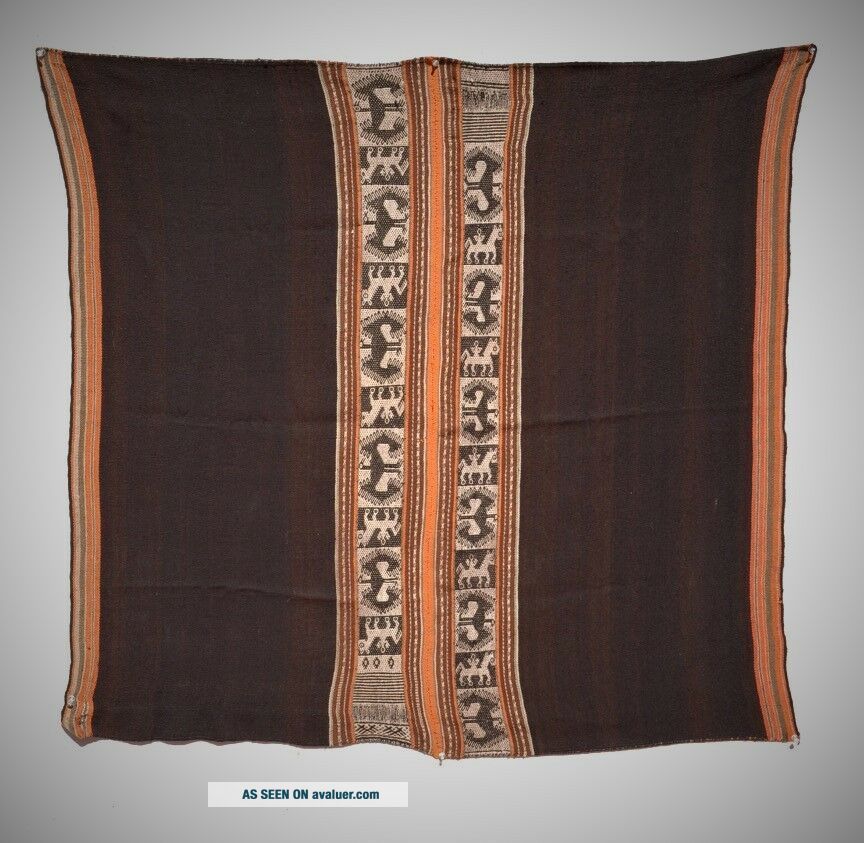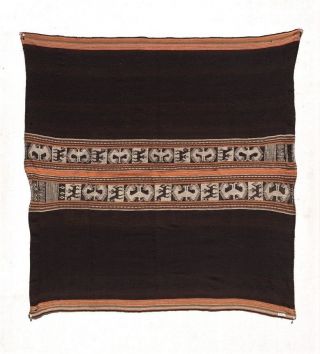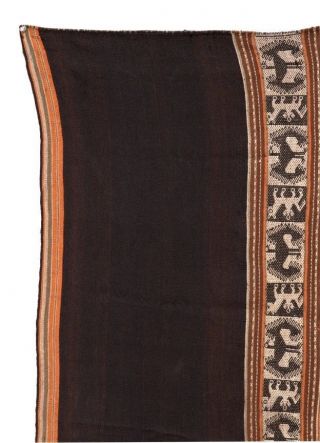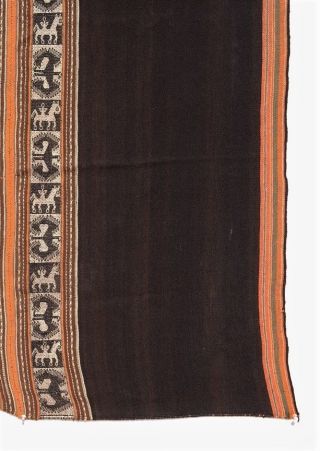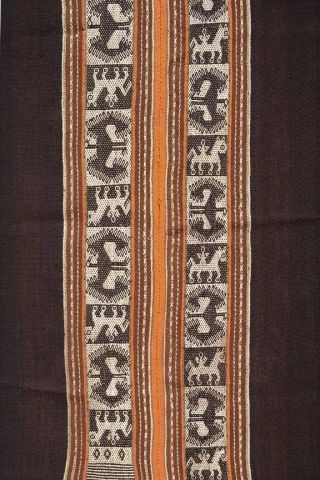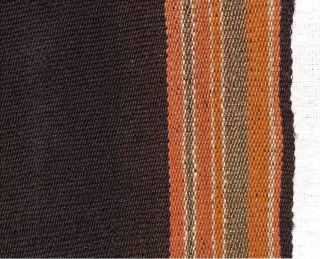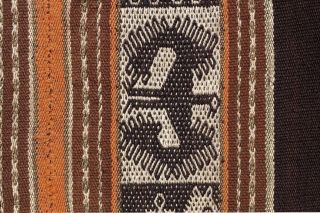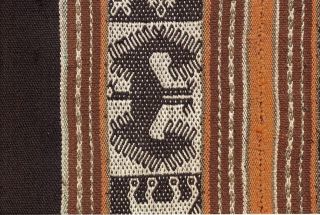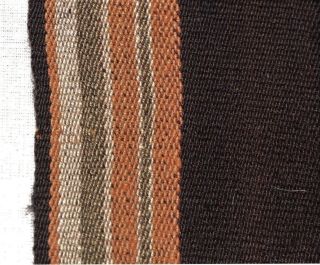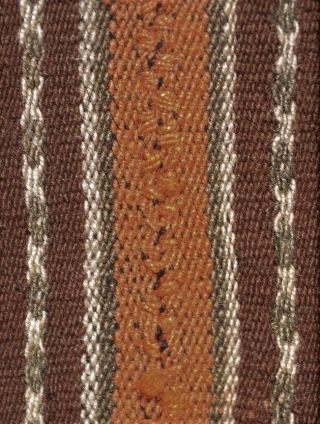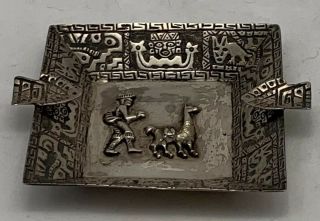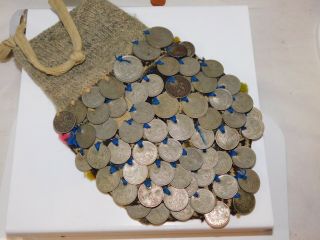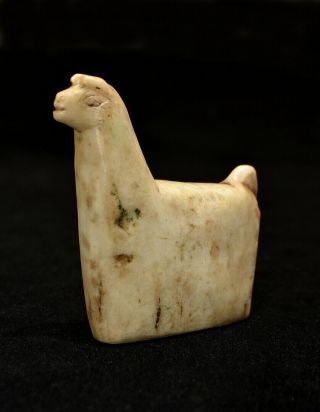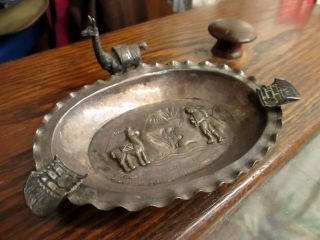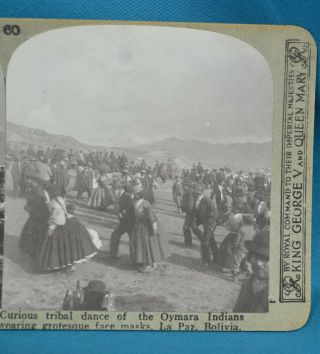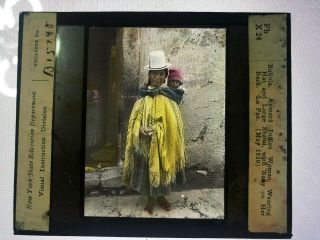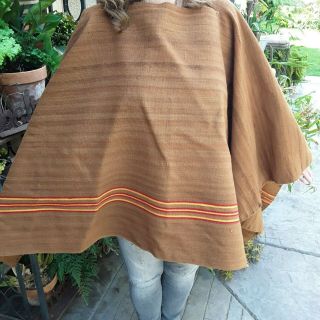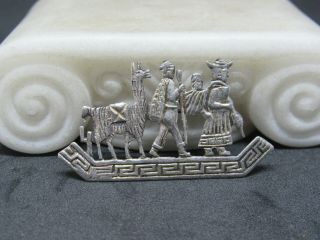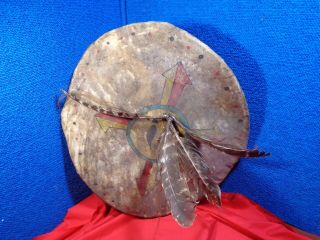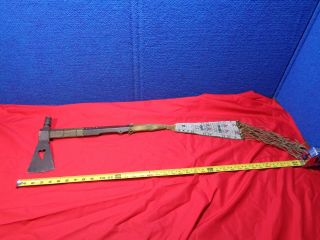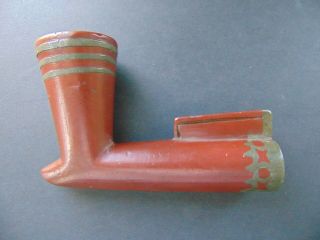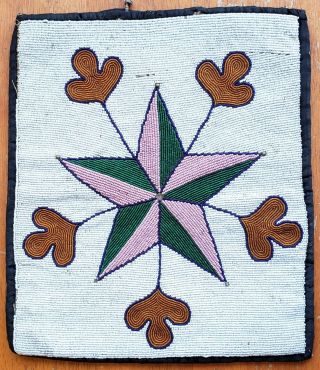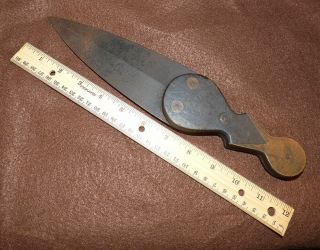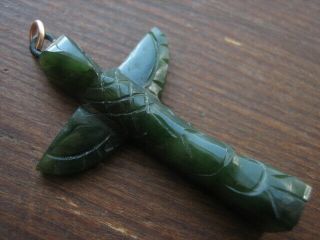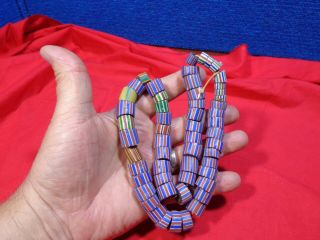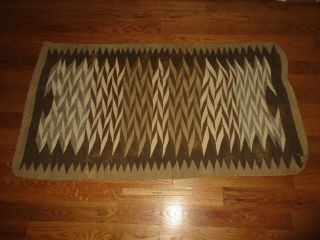DELIGHTFUL ANTIQUE LLAMA HERDER AWAYU Aymara Indian Condor Horse Textile TM9982
Item History & Price
| Reference Number: Avaluer:43297 | Original/Reproduction: Original antique, circa 1935. |
A FINE AYMARA INDIAN AWAYU
FROM THE EASTERN ANDEAN CORDILLERA Inventory Number: TM9982 Provenance: Collected in Sacaca (Saqaqa) Pueblo. The awayu, however, originates in or near Sillu Sillu Village, elevation about 12, 400 feet, Alonzo Ibañez Province, Department of Potosí, Plurinational State of Bolivia, South America. Background and Description: This offer includes a beautiful..., authentic Native American Indian hand-woven, warp-faced shoulder cloth, characteristically woven in two halves and sewn together with a common seam. This terrific textile was woven by an Aymara-speaking woman from the isolated and rugged Eastern Cordillera of the Andes Mountains. Quechua is spoken as a second language in the region although now-extinct Uruqilla was the dominant tongue before Inka, Aymara and Spanish infiltration. The textile was woven on a prehistoric style provincial ground-loom consisting of loose sticks. The Andes are populated by numerous indigenous ethnic groups who traditionally utilized awayu or awayu-like textiles. Awayu [pronounced in English: ah-WAI-yo] is an Aymara word referring to mantle-sized textiles, rectangular or squarish in shape, used throughout the Andean region for a wide variety of purposes. Generally speaking, llijjlla is the counterpart of awayu in the Quechua language although many Quechua speakers also use the word “awayu” for these textiles. Wallasa (also walla and wallas awayu) is a related term used in the Sacred Lake Titikaka region to refer to somewhat smaller textiles that usually have a striped or partly-striped field. Highland Bolivia alone has more than 100 different Andean ethnicities each with unique language dialects, history, social organization, environmentally-specific adaptations and customs. Nearly all of these groups traditionally (up until one to three generations ago) employed some form of hand-woven awayu-like textiles. The popular conception of an awayu or llijjlla, most often ill-reported on Internet Websites, is of a rectangular weaving used as a carrying-bundle for foodstuffs, babies and small animals. This particular description refers to textiles typically used by Northern Aymara women and commonly seen around Sacred Lake Titikaka as well as in and around the cities of La Paz, Oruro and Puno, Perú. Today nearly all awayu seen in everyday use by Northern Aymara women are relatively cheap machine-made affairs of synthetic, mostly acrylic, yarns. Some are misrepresented as hand-woven on eBay and other Websites. In many other regions, awayu were not traditionally used as bundle cloths. In the departments of Oruro, Potosí, Cochabamba, Chuquisaca and parts of La Paz distant from the Lake, awayu were traditionally used nearly-exclusively as decorative and practical shoulder covers. Some were used daily; others were displayed solely at ceremonies. In some areas women wore them with their banding running horizontally; in others areas, running vertically. Among many ethnic groups, awayu were donned by men, mostly in ceremonies. In many places, young women customarily wove special awayu for their own matrimonies, which afterwards were often kept carefully guarded for decades until they could be gifted to a favorite granddaughter. Weaving superior quality awayu gave great prestige to a woman in her social circle. Young weavers of fine awayu were often sought after as desirable wives. This is a rather gorgeous example of a fine, lightweight awayu of the kind mostly worn to ceremonial events. The nearly-uniform, natural dark brown field represents very selective yarn choice. The central bands are dominated by “pebble-weave” designs that appear in blocks of color that change from black fields to white fields, which is a technique commonly called “tukapu” (also “tocapo” [sic]). The patterns of riders on horseback are white on a black background; those of large-winged condors are black on a white background. Horses were once an important part of Andean culture, especially before the cultural revolution of 1952. Condors are considered magical and powerful celestial beings. The melon-orange shades of color admirably complement the natural brown llama wool field. This splendid tribal textile is supple in feel, thin and very finely woven. The masterful weaver expertly created her textile art with about 53 warps per inch and 15 wefts per inch. The piece is in near-superb condition and is absolutely gorgeous when displayed on the wall. This fine old piece dates circa 1930 to 1940. THIS ITEM WILL BE SHIPPED FROM THE UNITED STATES OF AMERICA Approximate Age: Early/mid-20th century. The textile dates circa 1930-1940. Please refer to the ANDES AMAZON "DATING" TERMS. Materials: All of the yarns are 2-ply (Z-spun, S-plied). The field consists of natural brown llama wool; the white yarns are natural llama wool; the dyed colors are sheep wool. Approximate Size: 41 1/2 inches by 38 1/2 inches. Condition: EXCELLENT, used, well-kept condition. There are a few insignificant very tiny worn spots – none resulting in holes or broken wefts. There is a very small (3/4 inch by ½ inch) spot in one corner with light, old repair. The center seam is missing about three stitches near the middle producing a tiny open spot. The white yarns have darkened with age and the dyed colored yarns have faded nicely with time. Please refer to the photos and the ANDES AMAZON TEXTILE "CONDITION" TERMS. ---------------------------------------------------------ANDESAMAZON SHIPPING This item ships from the U.S.A. for the following:
$18 SHIPPING TO THE CONTINENTAL U.S.A.
$40 SHIPPING TO SOUTH AMERICA
$75 SHIPPING TO ALL OTHER REGIONS AND COUNTRIESThese prices supersede any automated eBay prices generated for this item.
WE HAPPILY COMBINE SHIPPING COSTS
ALL ANDESAMAZON SHIPPING INCLUDES TRACKING NUMBERS FOR YOUR CONVENIENCE ANDESAMAZON ANDESAMAZON is an eBay sister site to AKATAKSA, which began in February, 1999. With transactions involving some 3000 clients AKATAKSA is noted with ABOVE STANDARD performance and 100% POSITIVE FEEDBACK. All AKATAKSA items are shipped from within the United States. Most ANDESAMAZON items are shipped directly from South America. Our intention is to reach a larger number of clients by keeping worldwide shipping costs to a minimum. Unfortunately, WE CANNOT OFFER RETURNS – either in merchandise or money. We promise to continue providing detailed and accurate information related to age, origin, condition and descriptions as we have for the past 15 years. WE ALSO PROMISE TO DO EVERYTHING POSSIBLE TO ASSURE THAT YOU ARE SATISFIED WITH YOUR PURCHASES.ANDES AMAZON "DATING" TERMS: PREHISTORIC, PRE-COLUMBIAN, ANCIENT = Before around A.D. 1500. 18TH CENTURY = A.D. 1700 to 1799. 19th CENTURY = 1800 to 1899. TURN OF THE 19TH CENTURY = 1890 to 1910. EARLY-20TH CENTURY = 1900 to 1933. MID-20TH CENTURY = 1934 to 1966. LATE-20TH CENTURY = 1967 to 1999. TURN OF THE 20TH CENTURY = 1995 to 2005. EARLY-21ST CENTURY = 2000 to Present. COLONIAL = A.D. 1532 to 1825. ANTIQUE = Over 50 years old. VINTAGE = Over 30 years old. CONTEMPORARY = Made in the last 5 years. CIRCA = "Approximately/around/within a few years of."ANDES AMAZON TEXTILE “CONDITION” TERMS: Terms used to describe the physical condition of textiles can be subjective and vary greatly from one observer to another. What some others call “mint” condition, we call “good”; what others call “excellent” condition, we call “fair.” Following are explanations of the terms we use. MINT = Like new. Unused -- as if recently removed from the loom. No wear or patina of any kind. These textiles may have “nubs” or even loose, uncut threads from the weaving process. EXCELLENT = Usually only lightly used, often guarded or stored for many years. There may be extremely light wear, patina and sheen from use. There may also be nearly undetectable light staining or soiling from use. The colors may have muted ever so slightly due to age or exposure, often improving the beauty of a textile. VERY GOOD = Usually lightly or only periodically used. The surface may be very lightly but evenly worn. There are no tears or distracting holes. There may be minimal surface discoloration. Vintage textiles may have lightly darkened yarn from use and age (staining and soiling). Overall, the textile will be in outstanding condition and at a displayable distance will appear perfect. GOOD = Usually moderately to well-used. There may be light to medium staining, isolated or throughout. Some parts of the textile may be worn or have very small holes, occasionally exposing hidden thread yarns. Edges may be lightly frayed. Surface discoloration due to age and exposure is common but often improving the appearance of a textile. There may be minor, light or isolated, dye “run.” Damage will not distract significantly from the textile when displayed. FAIR = Either well-used or moderately abused. Extensive wear is common as is some “bleeding” or dye “run.” In most 20th century cases, the colors have considerably faded. Sections of fringe or tassels may be missing. Textiles may be in otherwise excellent condition but with a single isolated sector of damage, that greatly reduces its aesthetic appeal. Most vintage tribal textiles on the market are in FAIR TO GOOD condition. POOR = Showing evidence of extreme usage and damage. These textiles do not display well and are primarily useful as study specimens or examples of sometimes very rare textiles. OUR COMMITMENT We believe the world can be a better place. We believe that humanity has a higher, aspiring destination. We know that through mutual respect conflicts will subside. We know that by understanding our differences we can help one another. We believe that our Mother Earth and our Universe can provide unlimited resources for every man, woman and child to live in peace, happiness and love. As stewards of the human race we have an intrinsic responsibility to do what we can to improve our world as much as possible. The majority of human existence has been dominated by so-called “Native” groups, also known as tribal folk, original residents, indigenous people, aboriginals, First Nations, traditional ethnicities, autochthonous societies, autochthonal cultures, et. al. At some point, of course, our ancestors were the same… regardless of current culture, creed or color. Regrettably, in the past half a millennium, thousands of unique tribal groups have disappeared due to misunderstanding, impudence and ethnocentrism. Aspects of colonialism, capitalism, racism and politicization have directly and circuitously destroyed myriad native cultures, each a once-valuable resource to our planet. Of the nearly 7000 languages currently spoken on our planet, over 6000 are in immediate danger of becoming extinct. Nearly all, being ethnic indigenous. We believe the very few “Native” groups that remain on earth should be cherished and carefully supported. Unfortunately, we are on the brink of losing our connection with indigenous spirit, wisdom and traditional knowledge. For those whose customs have vanished, our window into their worlds is only available through literature, paintings, photographs, a few recordings and material culture, or the objects they created. For more than a quarter-century those of us behind AKATAKSA/ANDESAMAZON have dedicated our professional interests in documenting “traditional” South American indigenous cultures, especially through their material culture. Our field studies have led us to some of the most remote people on the continent. We have witnessed Native Americans existing exactly as their ancestors did in prehistoric times… and others who have jumped from 18th-century existence to 21st-century reality in the blink of an eye. Our ethnographic investigations have resulted in preserving valuable data related to linguistics, cultural history, ethno-environmental relationships, socio-cultural organization, cosmology, mythology, spirituality and of course, material culture. We have a detailed proposal for a magnificent cultural center-museum aimed at stimulating interest in past and present indigenous cultures. Our unique idea is not just to show beautiful objects on display. Ours is to share the entire background of a piece, not only from a scientific or scholarly point of view but also from a cultural and spiritual perspective as well. This holistic approach to understanding indigenous material culture shall include accompanying photographs, films, recorded testimonials, music, related specimens and even field notes. We want to inspire our visitors to continue their own investigations into realms of mysterious phenomena that we really know very little about. Apart from receiving monies for researching indigenous material culture, our sales contribute toward expanding interest in past cultures and ways of life. Not only can ones´ personal environment be enhanced with beautiful and interesting objects, but the benefits of knowing about different ideologies, unique ways of life and past or nearly-extinct traditions are utterly invaluable. We encourage every buyer to intimately study each piece and learn as much as possible about its origin, function, importance and spiritual history. We hope that whatever understanding, knowledge and insights are obtained from our objects will be shared with companions, friends and especially children. In this small way, we feel inspired in preserving something of native cultures and making the world a better place. Thanks for working with us. THANK YOU FOR YOUR INTEREST AND SUPPORT
Copyright © 2006-2008, 2010, 2011 Pete Fritz All Rights Reserved



